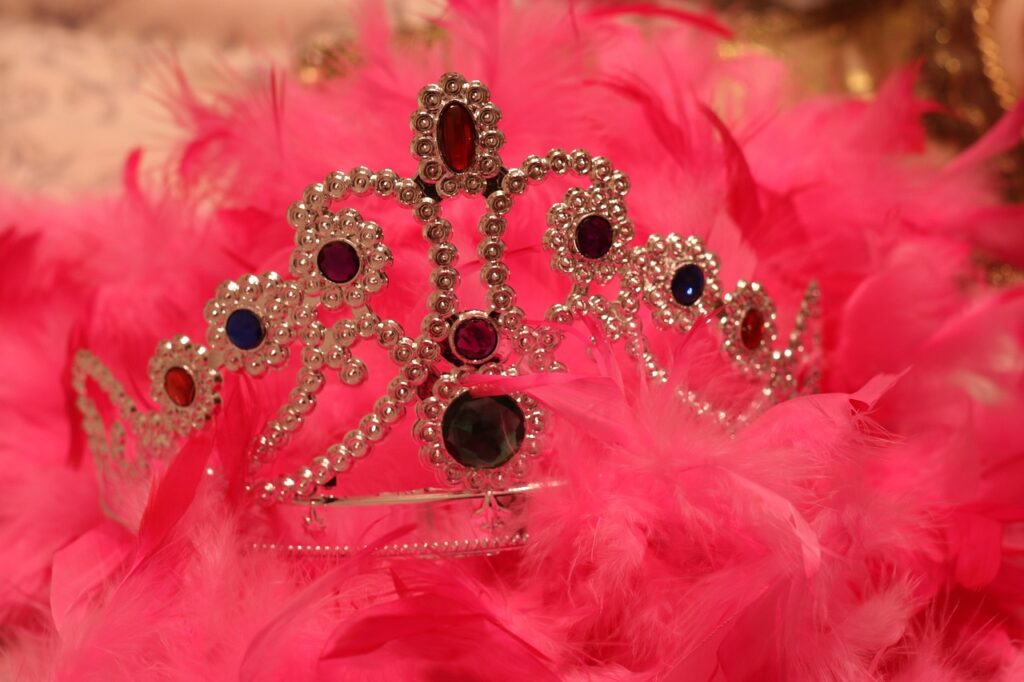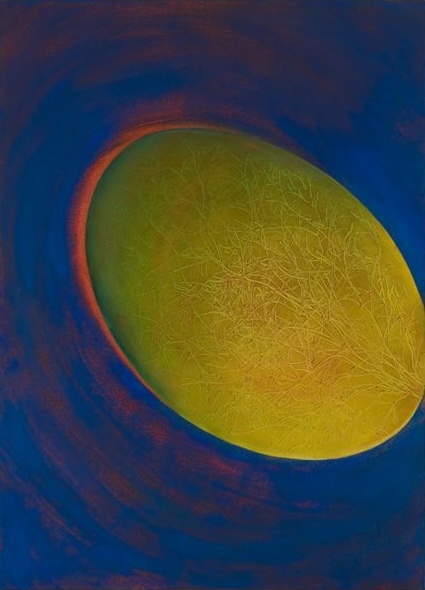G-d is not hidden in the Purim story—She’s there!
Our tradition teaches that G-d does not appear in the Book of Esther, the Megillah that we read on Purim. G-d’s name does not occur even once in the 10 chapters of the book. The story revolves around what’s concealed/revealed—names, identities, relationships. And the heroes of the story are WOMEN!
Queen Esther, who saves the Jews, is a hidden Jew herself. Her name comes from the Hebrew word “Hester” meaning concealed. It is also related to the Persian meaning “star” or “myrtle leaf.” Etymologists relate it to Ishtar, the Persian goddess of love, beauty and justice.
Esther’s birth name was Hadassah (Esther 2:7), which also means “myrtle tree.” The Rabbis dispute whether Hadassah was Esther’s first or second name. Rabbinic literature calls the righteous “myrtles,” and notes Esther’s resemblance to those trees. She is also compared to the moon, a female symbol, which shone for the Jews in the darkness of night.
Queen Vashti’s name also has a Persian origin and means beautiful. However it means “thread” in Hebrew, perhaps symbolizing the hidden thread between Vashti and Esther. Vashti’s fate is also hidden. Vashti is banished for refusing to obey the King’s command and possibly instigate a rebellion in all the households in the land.
So where is G-d in all this?
In Kabbalah, Shekhinah, the female in-dwelling presence of G-d, is represented by the 10th sephira, Malkhut, often translated as “kingship,” although “queenship” would work as well. A gender-neutral translation is “majesty” or “sovereignty.” The word “malkhut” appears in the Megillah 17 times. (1) The Shekhinah’s presence, however, has often been “hidden” in our tradition.
We are told in Midrash that the Shekhinah went into exile with the Israelites to Babylonia (Persia), that she is the Sabbath Queen, is present at weddings and through all the struggles of the Jewish people. As an aspect of G-d’s “presence” she manifests through moments of insight, through spiritual connection and through the wisdom of our female prophets and Biblical women.
The presence of Shekhinah in the Megillah is apparent in the female protagonists. Queens Esther and Vashti embody the courage, insight and wisdom of Shechina, as well as the hiddenness that characterizes Divinity. One modern commentator notes that Esther “is a concealment of the Shekhinah, of the Divine Presence Itself.” (2)
Feminists have reclaimed the voice of the Shekhinah speaking through Esther and Vashti by bringing flags and bells to Megillah readings. In addition to drowning out the name of Haman, they hail the names of the female voices of Shekhinah with joyful noise.
It is time to update the teaching that G-d doesn’t appear in the Book of Esther.
G-d/Shekhinah is fully present through Her human partners, Queens Vashti and Esther.
References:
- Sophiastreet.com Laura Duhan-Kaplan, “Kabbalistic Secrets of Esther,” 3/13/24
- planetaryjudaism.org/purim 5771 ,“Purim and the Positive Power of Concealment”













